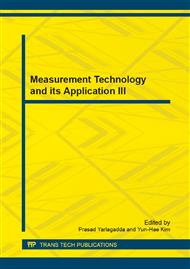p.1951
p.1955
p.1959
p.1964
p.1969
p.1978
p.1982
p.1987
p.1991
Research on Amending the Energy Efficiency Provisions in the Building
Abstract:
The purpose of this paper is to identify the main requirements of the Building Regulations Part L1A for new dwellings. An explanation of the technical basis for energy rating is given including how they are calculated, how fuel costs are used, the role of the standard occupancy pattern, and an appreciation of the Building Research Establishment Domestic Energy Model (BREDEM). The aims and requirements of the European Directive on the Energy performance of Buildings and its implementation for new and existing domestic buildings is also considered. Design/methodology/approach – The requirements of Part L1A of the Building Regulations are developed. These relate to the thermal properties of the building fabric including insulation, thermal bridging, air tightness and glazing, the efficiency and responsiveness of heating and hot water systems, ventilation and lighting. The methodology for calculating thermal transmittance coefficients (U-values) is also demonstrated.
Info:
Periodical:
Pages:
1991-1994
Citation:
Online since:
June 2014
Authors:
Keywords:
Price:
Сopyright:
© 2014 Trans Tech Publications Ltd. All Rights Reserved
Share:
Citation:


